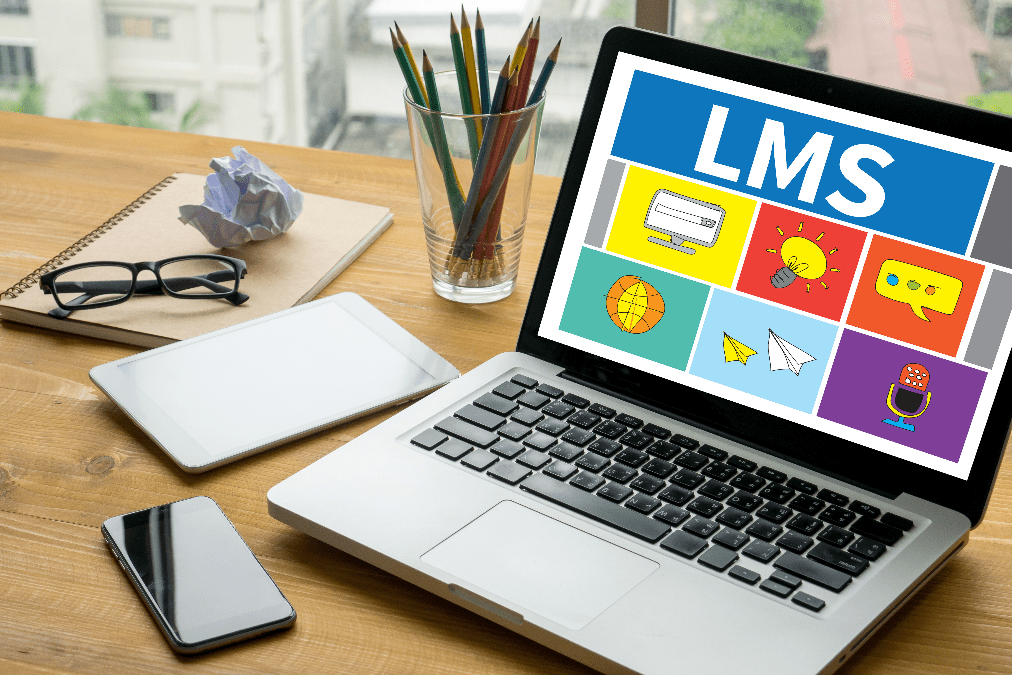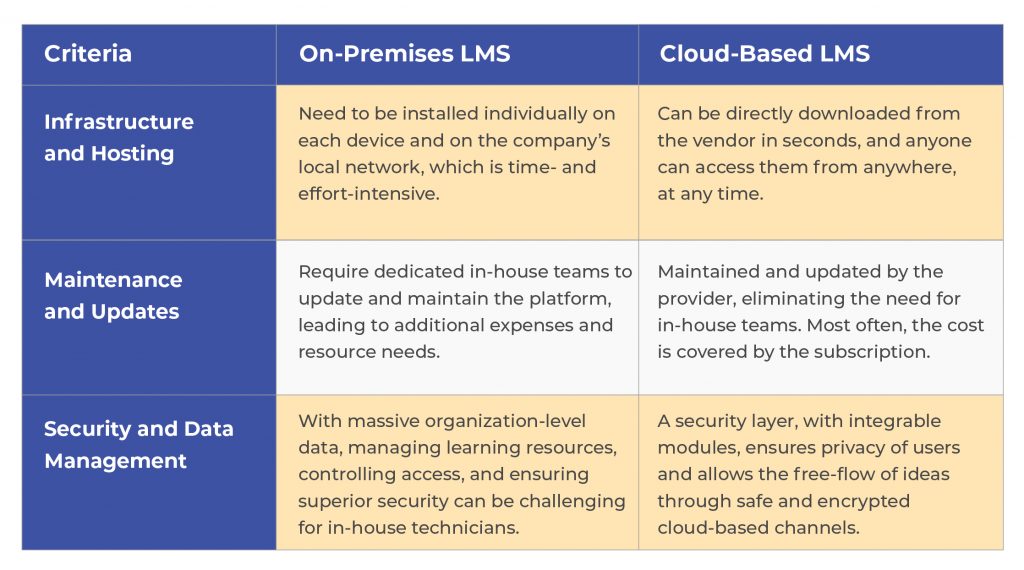In the era of digital transformation, the strategic implementation of a Learning Management System (LMS) is more than just an educational necessity; it’s a pivotal element in shaping the future of learning and training. With the rapid evolution of technology and the shifting landscape of workplace and academic learning, an LMS serves as a crucial tool in bridging the gap between traditional educational methods and the dynamic needs of today’s learners. This guide delves deep into the world of LMS, uncovering the nuanced strategies and critical considerations essential for implementing a system that is not only efficient but transformative in its impact. By understanding the complex interplay between technology, pedagogy, and learner engagement, we pave the way for an LMS that not only meets current educational challenges but also anticipates and adapts to future learning trends and needs.
Understanding Your Audience and Goals: Crafting a Learner-Centric Approach
Deep Dive into Audience Analysis: Understanding your audience goes beyond surface-level demographics. It involves analyzing learners’ educational backgrounds, professional aspirations, and personal learning preferences. This in-depth understanding informs the customization of the LMS to cater to diverse learning styles, such as visual, auditory, or kinesthetic learners, thereby enhancing user engagement and retention.
Strategic Goal Formulation: Establishing specific, measurable, achievable, relevant, and time-bound (SMART) goals is essential. This could range from increasing course completion rates by 20% within six months to enhancing user engagement scores by 30%. Such precise goal setting not only provides a clear direction for LMS implementation but also sets a benchmark for measuring success.
The Do’s of LMS Implementation
- Conduct a Thorough Needs Assessment: Begin by thoroughly analyzing your organization’s specific learning requirements. Engage stakeholders in identifying gaps and opportunities to ensure the LMS aligns with both immediate and long-term educational goals.
- Customize for Enhanced User Experience: Customization is not just about branding; it’s about creating an intuitive user journey. Tailor the LMS to fit your unique educational or training needs. Focus on user-centric design, ensuring the interface is intuitive and the learning pathways are personalized to maximize learner engagement and satisfaction.
- Ensure Seamless Integration and Robust Data Security: Integration involves ensuring the LMS works harmoniously with existing systems like HR software, talent management systems, and other educational tools. Integrate the LMS smoothly with existing systems while prioritizing the security of sensitive data. Implement robust encryption and access controls to protect user information and maintain compliance with data protection regulations.
- Provide Continuous Support and Upskilling Opportunities: Offer ongoing support and regular training sessions to users. Continually update learning materials and methods to keep pace with the latest educational trends and technology advancements.
- Plan for Scalability and Future Growth: A scalable LMS is one that grows with your organization. Design the LMS with scalability in mind. Regularly assess its performance and capability to handle increasing user numbers and evolving learning demands, ensuring it remains effective and relevant over time.
Don’ts of LMS Implementation
- Avoid Skipping Technical Research and Testing: Never underestimate the importance of in-depth technical research and thorough testing. Selecting the right LMS requires careful evaluation of features, compatibility, and user feedback to ensure it meets your specific needs.
- Don’t Neglect the User Interface and Experience: Avoid complex or non-intuitive interfaces. Invest in a design that is accessible and easy to navigate, as a user-friendly LMS significantly boosts learner engagement and retention.
- Refrain from Overlooking Evaluation and Reporting: Do not ignore the need for robust evaluation and reporting tools within your LMS. These features are vital for tracking progress, identifying learning gaps, and making informed decisions about content and strategy improvements.
- Never Compromise on Data Security and Privacy: Data protection is paramount. Ensure your LMS adheres to the highest security standards, safeguarding against breaches and maintaining trust among users.
- Do Not Neglect Post-Implementation Review and Updates: Regularly review and update your LMS to adapt to changing educational needs and technology. Continuous improvement is key to maintaining an effective and efficient learning environment.
In conclusion, the successful implementation of a Learning Management System (LMS) is a vital undertaking that demands meticulous planning, strategic execution, and continuous improvement. By adhering to the outlined dos and avoiding the don’ts, organizations can create a robust, adaptable, and user-centric LMS that not only fulfills immediate educational and training requirements but also sets the stage for long-term growth and innovation in learning.
It’s about creating an environment where technology empowers learning, where every interaction with the LMS drives engagement, knowledge, and development. The journey of implementing an LMS is not just about deploying a system; it’s about fostering a culture of continuous learning, data-driven insights, and proactive adaptation to the evolving educational landscape. Experience the power of AI with SkillPilot, an AI-powered Learning Management System designed to revolutionize the way organizations approach learning and development. With its advanced AI capabilities, SkillPilot offers a personalized learning experience, adapting to individual learner styles and needs. It seamlessly integrates with existing systems, ensuring data security and providing a user-friendly interface that encourages engagement and facilitates ease of use. Get in touch with our team today to learn more.





